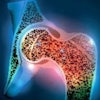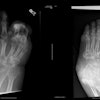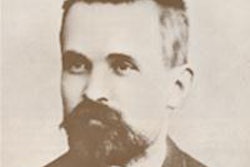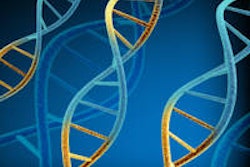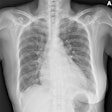Dear AuntMinnieEurope Member,
Huge credit must go the German Radiological Society (DRG) for its decision to support an in-depth investigation into the practice of radiology during the Nazi era. Medical historian Gabriele Moser, PhD, has spent three years studying the topic. Her work was never going to make comfortable reading for the DRG, but at least it promises to clear the air and shed light on some well-kept secrets.
The detailed findings will be unveiled at the German national congress in May, but don't miss our edited English translation of an interview with Moser. Find out more in our Digital X-Ray Digital Community, or click here.
Many of you enjoyed our recent article about Spanish researchers' stunning performance in the poster hall at RSNA 2013, and now we've got a report about a top prize-winning exhibit from Barcelona about pseudoaneurysms. These vascular abnormalities are becoming more common due to the growth of endovascular procedures and the advent of new imaging techniques. Visit our CT Digital Community, or click here.
Fresh data from the Netherlands suggest noncalcified plaques are independent predictors of future cardiovascular events over calcified plaques alone, and detection and quantification of these plaques may allow for more effective risk stratification, according to Dr. Richard Takx from the University Medical Center Utrecht. Go to our Cardiac Imaging Digital Community, or click here.
Sonographers without any formal training in producing final diagnostic reports can address the clinical questions posed by emergency physicians with regard to abdominal ultrasound, Australian authors believe. This will come as a shock to some radiologists. Get the story here.
The Arab Health congress takes place in Dubai later this month and we'll be onsite to cover the event for our new Middle East Digital Community. In advance of the meeting, we have some news from Egypt about imaging of liver transplants. Check it out at me.auntminnieeurope.com, or click here.


